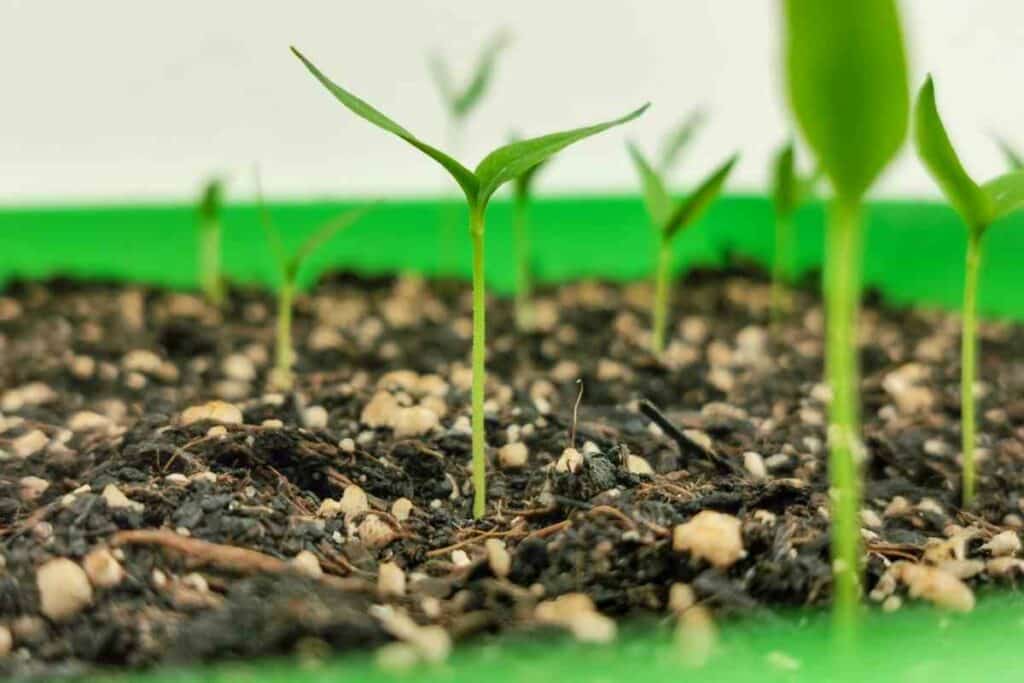There is a significant difference between growing organically and utilizing chemicals.
When a plant receives an excessive amount of nutrients, it experiences nutrient lockout, which is usually resolved by flushing the soil.
A nutrient lockout can be dangerous to the plant and usually results in low yields. But does this happen to plants grown in organic soil?
There appears to be a debate in the cultivation community about plant flushing, but this is a mental carryover from hydro and chemical growers.
Organic soil is rich in organic matter, gases, minerals, liquids, and organisms that together support plant life throughout their life cycle. It does not need chemical supplements, so there is no reason to flush organic soil to save all of the essential microbes and nutrients in the soil. Furthermore, all organic techniques modify the soil and its qualities.
Reasons Why You Don’t Need Flushing When Growing In Organic Soil
It Destroys Microorganisms
It is advisable not to flush while growing in organic soil since it destroys all micro and microorganisms there.

It takes years for microorganisms to develop a proper habitat in organic soil, and flushing may quickly trash it all.
Furthermore, the microorganisms are already doing an excellent job of supplying nutrients to the plant, so they do not require your intervention.
Avoid Doing This: The environment is rather sensitive, and all of your hard work will go to waste.
Organic Soil Does Not Contain Hazardous Compounds
Unless you are perfectly running an organic soil, the goal in flushing is to remove any lingering hazardous nutrients, fertilizers, toxins, or other similar contaminants.
When you operate an organic grow, you don’t use any dangerous chemical nutrients; instead, you utilize only natural organic nutrients. Organic inputs should not be flushed from the soil. That is only applicable to synthetic mineral soil.
It Depletes Nutrients
Flushing removes all of the previously provided nutrients to the plant during its growth and blooming cycle. It essentially depletes the nutrients in your plants.
Nutrient deprivation of plants at any step of the development cycle is counterproductive and does not encourage plant growth in any way. A soil flush also gives a lot of stress to the plant.
Organic farming focuses on generating and maintaining a healthy soil rich in microorganisms.
Organic soil nutrients do not reach the plant as quickly as synthetics. By employing organic fertilizers, you are not directly feeding the plant but enriching the soil.

This way, microorganisms feed on the nutrients, breaking them down and making them more accessible for the plant to absorb.
As a Result: The plant only absorbs the nutrients it needs, and the plant does not experience a nutrient lockout. Therefore, you do not need to cleanse organic soil.
It Can Spread Contaminants
Soil flushing is an in situ chemical method of soil remediation.
It involves using solutions that include:
- water
- bases
- dilute acids
- chelating and complexing agents
- solvents
- reducing agents
- surfactants
The fluids are introduced through spraying, surface flooding, subsurface leach fields, and subsurface injection.
The main disadvantage is the potential risk of spreading contaminants into uncontaminated areas and the effects of flushing solutions into the soil environment.
Bacteria Regulate Organic Soil PH
Flushing can also be accomplished by pre-flushing the soil with only a large amount of water with the proper PH.
Because bacteria perform the work, you don’t need to regulate the PH of water or flush your organic soil.
Only in non-organic growth is PH’ing required.
Non-organic producers utilize chemical fertilizers, which kill any microorganisms in the soil, which is why they need to adjust the water and feed.
Organic Plants Do Not Have an Unpleasant Scent or Smell
Because they do not use pesticides, many organic producers do not bother with flushing.
Furthermore, flushing soil aims to improve the quality, yield, and remove the foul taste of contaminants that can wreak havoc on the final product.

As a result, flushing organic soil is unnecessary since developing plants will not generate an unpleasant flavor.
Furthermore: Organic fruit is well-known for its superior taste and quality. It is not required to flush such plants because they do not emit an unpleasant odor.
Flushing Kills Beneficial Bacteria
Bacteria drive the nitrogen and phosphorus cycles.
To flush organic soil, you’d have to kill the bacteria, which would necessitate the use of salts or chemicals that are harmful to the plant.
As long as the nutrients are present to be broken down, the bacteria will continue to break them down. As a result, flushing organic soil is nearly difficult.
Final Thoughts
It all comes down to the number of chemical fertilizers fed to the plant.
Organic approaches entail planting and letting nature take its course. You don’t have to overfeed or underfeed the plant with nutrients since the soil does it for you.
Furthermore, since the plant feeds on the nutrients provided by the soil, the plant can only absorb what it requires. Thus no salt and chemical accumulation in the ground require flushing.
A plant growing in pure organic soil utilizes all of the excess nutrients from its leaves before taking nutrients from the soil- thereby flushing itself of all it has stored.
As a result, there is no nutrient lockout in the plant itself.


